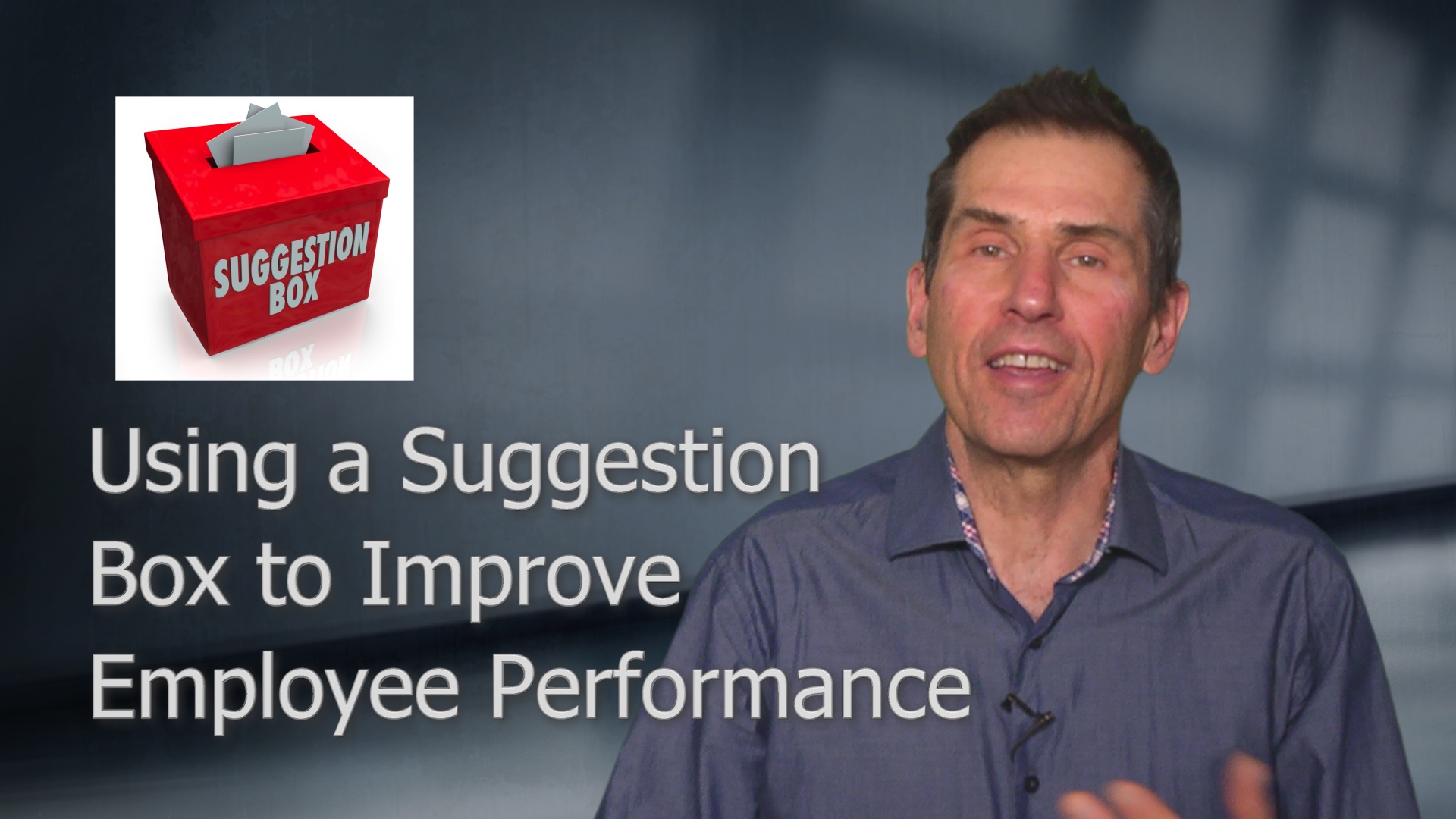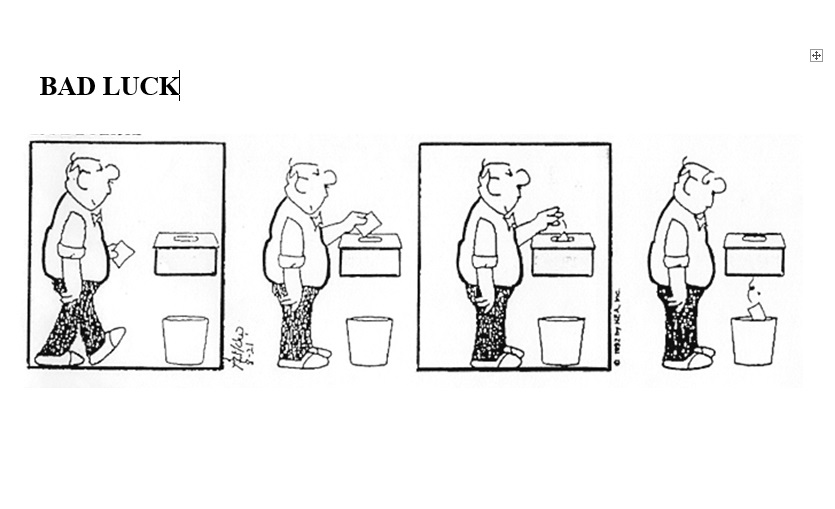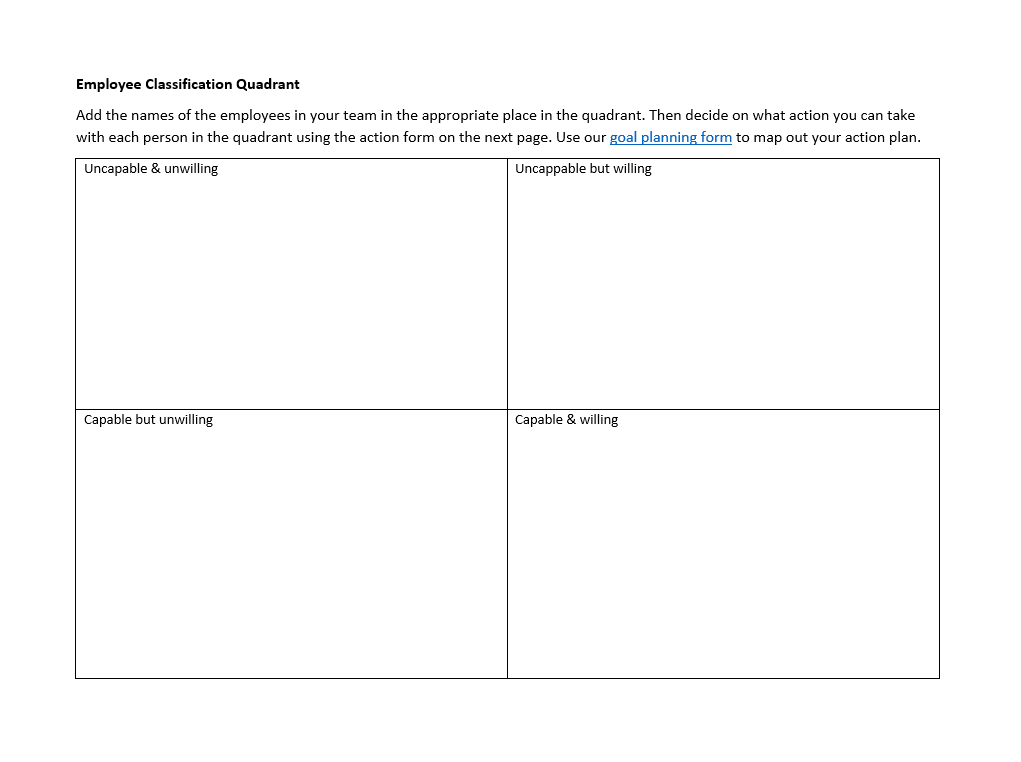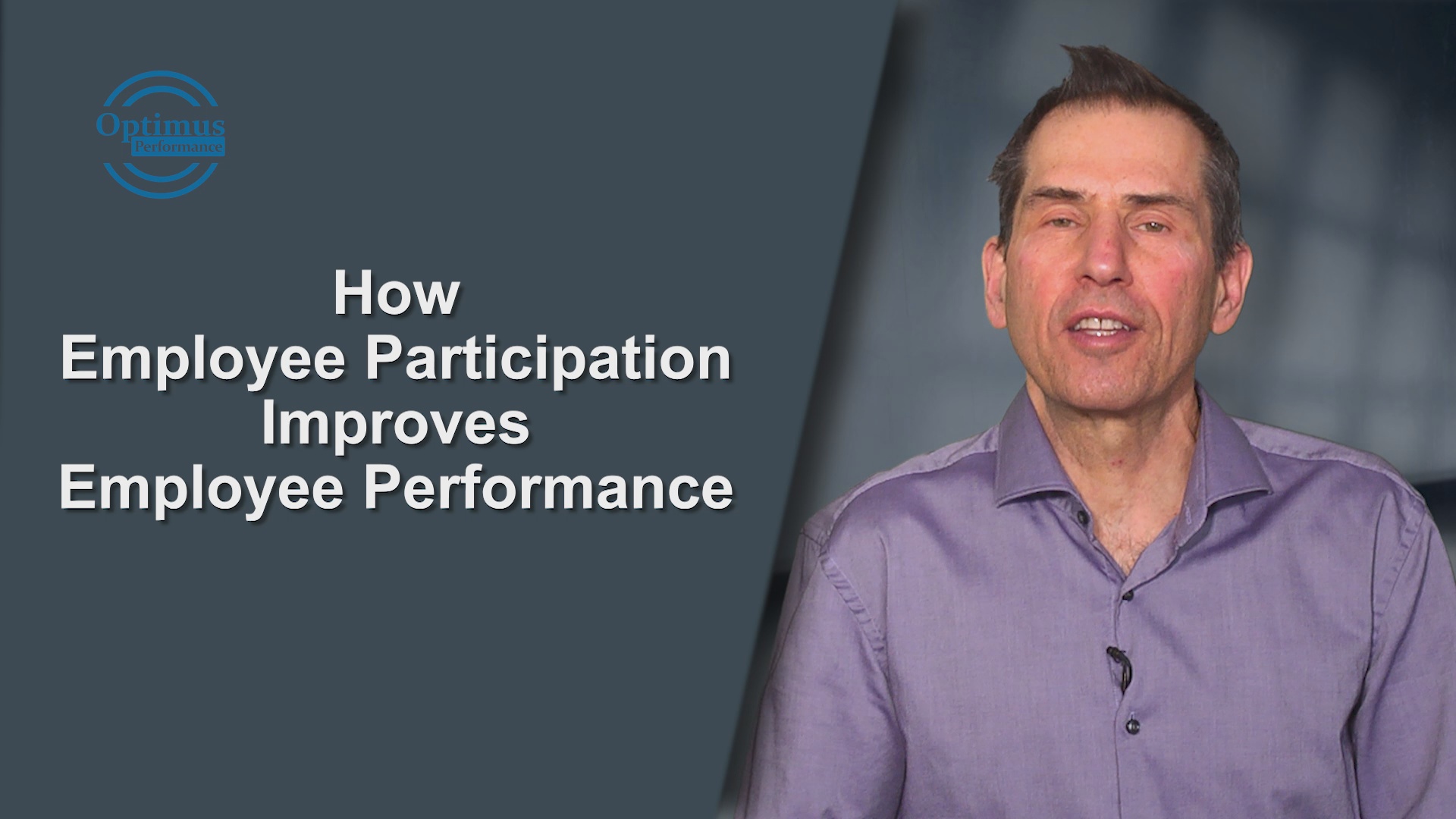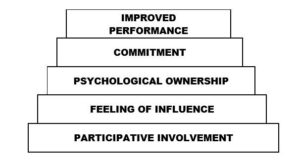One of my clients asked me recently how to approach her boss for a pay raise. She said she was already at the high end of her pay scale.
I suggested she asked to be paid a bonus based on performance improvement. That way she could set and agree on specific goals that could be tracked and measured.
Sales people are typically paid on salary and commission, which is a version of pay for performance. This approach could be applied to all positions.
Employers could test this approach with one or two employees to make sure it works and can be duplicated. The important thing is to be able to set clear goals and define the pay for performance associated with the performance improvement.
There are many pay for performance (incentive pay) studies and theories in existence but the key is to keep it simple and to regularly discuss the progress being made so there are no surprises when it comes time for the compensation to be given.

